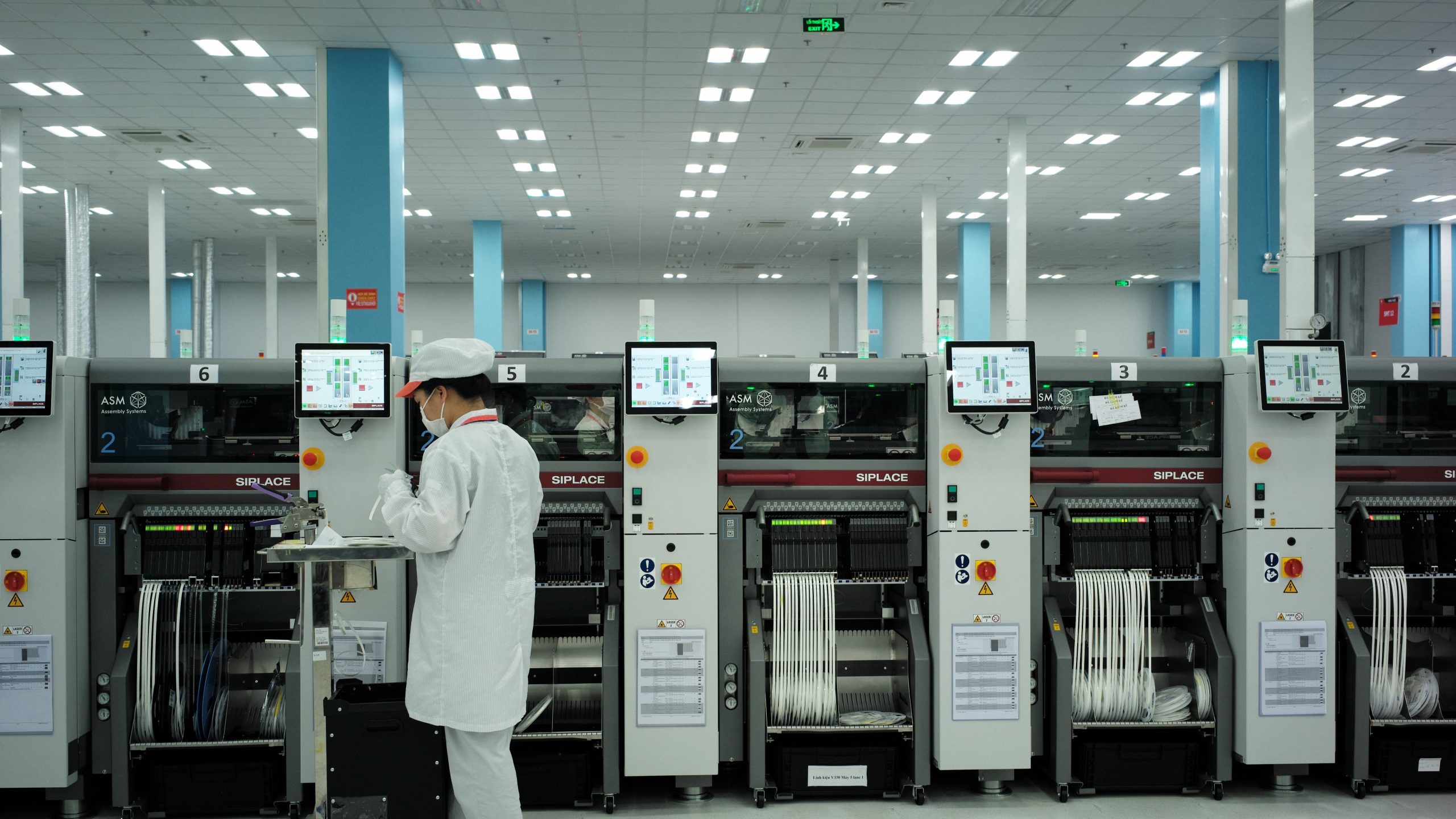
SINGAPORE, May 19, 2021 – Vietnam’s GDP growth is expected to rebound to 7 percent in 2021, reflecting the country’s successful containment of the COVID-19 pandemic. Amid a positive outlook riding on strong external demand, resilient domestic economy, and healthy investment inflows, continued policy support remains essential to bolster economic recovery. This is according to the 2020 Annual Consultation Report on Vietnam published by the ASEAN+3 Macroeconomic Research Office (AMRO) today. The report was produced based on AMRO’s virtual 2020 Annual Consultation Visit to Vietnam and data and information available up to February 11, 2021.
Recent developments and outlook
After a sharp decline in the second quarter of 2020, Vietnam’s economy rebounded in the second half of the year to register an annual growth of 2.9 percent. In particular, Vietnam’s manufacturing output continued to expand, driven by robust exports and positive spillover from global supply chain restructuring. The economic recovery is expected to continue on the back of an increase in domestic consumption following the relaxation of mobility restrictions, and an acceleration in public investment disbursement.
Vietnam’s subdued textile and garment exports were offset by strong demand for electronics, furniture and wood products. The relatively diversified export mix led to the export sector’s robust recovery and to an increase in the current account surplus. In addition, strong inflows of foreign direct investment boosted the balance of payments surplus, contributing to a further accumulation of foreign reserves.
The decline in economic growth, rollout of fiscal stimulus measures, and higher public investment spending led to a widening of the budget deficit in 2020 although it was partially offset by enhanced tax administration. The 2020 fiscal deficit increased from 2.6 percent of GDP in 2019 to 3.4 percent, which is higher than the budget target of 2.9 percent.[1]
The State Bank of Vietnam (SBV) has cut key its policy rates by a total of 150-200 basis points since the start of 2020. The easing stance in monetary and macro-prudential policy has left the banking system flushed with liquidity, supporting credit growth. In addition to providing regulatory forbearance to banks with respect to loan classification, the SBV issued guidelines for commercial banks to reschedule loan repayments and reduce or waive interest payments and fees for borrowers.
Risks and vulnerabilities
The key external and domestic risks stem mainly from the continuing uncertainty over the pandemic. A protracted and uneven recovery of the global economy may jeopardize the recovery in external demand. While domestic demand has picked up, the recovery remains susceptible to the risk of further waves of COVID-19 infection. Moreover, the lasting economic scars from the pandemic, such as the impact on employment and the corporate sector’s balance sheets, may undermine the strength of recovery.
Risks in the financial sector may arise from the impact of COVID-19 pandemic measures on asset quality. Despite banks’ efforts on loan restructuring, their asset quality is likely to further deteriorate and erode their relatively thin capital buffers. Furthermore, the SBV’s forbearance policy on loan classification makes it challenging to assess the banks’ loan quality.
Policy considerations
Given the uncertain growth prospects, greater fiscal support may be warranted to support the nascent economic recovery. Targeted support to low-income households and micro, small, and medium-sized enterprises should continue and be regularly reviewed for their relevance and effectiveness. To this end, more streamlined and targeted disbursement of support programs will help facilitate the effective use of government funds. In addition, it is important to ensure continued implementation of the public investment program.
Given the benign inflation outlook, monetary policy should remain supportive of economic recovery. The forthcoming expansion in the coverage of debt rescheduling will help to ease the pressure on affected borrowers. Asset price and leverage conditions need to be closely monitored and taken into consideration in determining when and how policies should be adjusted.
Structural reforms should be accelerated to bolster economic recovery and to ensure a sustainable development path. With the equitization of state-owned enterprises slowing down in recent years, resolving structural obstacles is critical to improving productivity and enhancing growth potential. Vietnam needs to step up its efforts to develop domestic supporting industries in order to strengthen its participation and increase its value-add in the global value chains. Lastly, it is essential to provide continued support for long-term development issues while carefully managing risks to fiscal sustainability.
[1] The figures are calculated based on AMRO’s estimates for the new nominal GDP series. Under the old GDP series, the 2020 fiscal deficit and public debt stood at 3.9 percent and 55.3 percent of GDP, respectively.
About AMRO
The ASEAN+3 Macroeconomic Research Office (AMRO) is an international organization established to contribute towards securing macroeconomic and financial stability of the ASEAN+3 region, comprising 10 members of the Association of Southeast Asian Nations (ASEAN) and China; Hong Kong, China; Japan; and Korea. AMRO’s mandate is to conduct macroeconomic surveillance, support the implementation of the regional financial arrangement, the Chiang Mai Initiative Multilateralisation (CMIM), and provide technical assistance to the members.
About AMRO’s Annual Consultation Report
The Annual Consultation Report was prepared in fulfillment of AMRO’s mandate. AMRO is committed to monitoring, analyzing and reporting to its members on their macroeconomic status and financial soundness. It also helps identify relevant risks and vulnerabilities, and assists members, if requested, in the timely formulation of policy recommendations to mitigate such risks.
